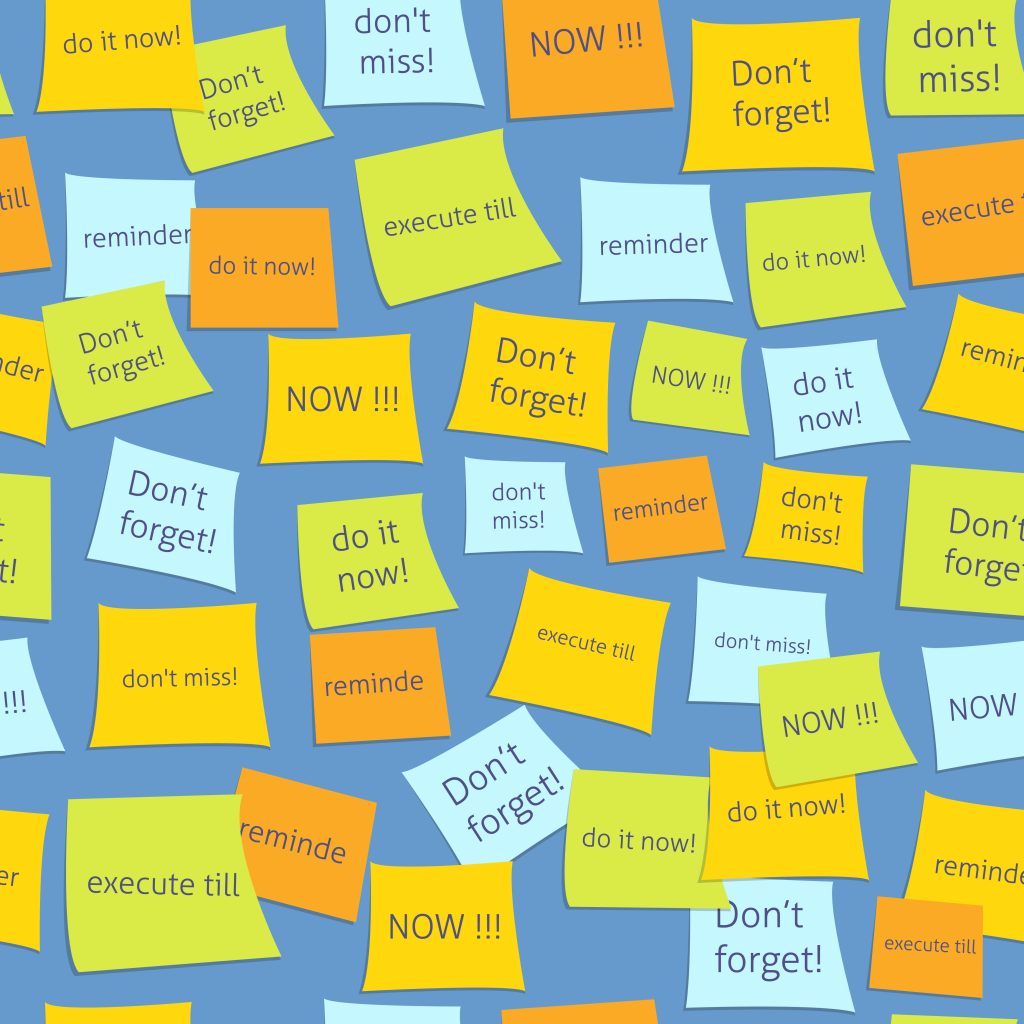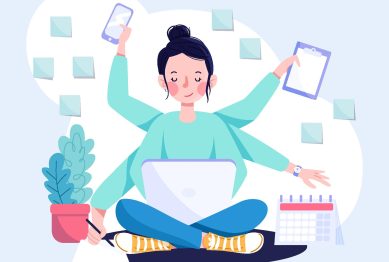Jotting down a quick idea, scribbling a quote, or making a list—these small acts may seem inconsequential. Yet, how random notes turn into patterns is becoming a critical trend in personal knowledge management. Increasingly, creators, entrepreneurs, and professionals are leveraging scattered notes as seeds for structured ideas, strategic decisions, and innovative breakthroughs.
This evolution from randomness to structure is being powered by a shift toward networked thinking—a method that mirrors how our brains naturally make connections. Using emerging tools and intentional practices, people are transforming their digital and handwritten notes into actionable knowledge networks.
In this article, you’ll learn how this process works, why it’s gaining popularity, and how you can apply it to boost creativity, productivity, and problem-solving.

From Chaos to Clarity: What Is Networked Thinking?
Traditional note-taking is linear: notes live in isolated documents or notebooks, rarely interacting. But networked thinking is about creating a web of interconnected ideas. Notes are linked based on context, themes, or concepts, and over time, they form recognizable patterns.
This shift is inspired by the Zettelkasten method, developed by sociologist Niklas Luhmann in the 20th century. He stored ideas on index cards and linked them systematically. The result? A lifelong, growing knowledge base that produced over 70 books and hundreds of papers. Luhmann believed ideas grow through their relationships, not isolation.
Modern thinkers are now applying this model digitally, turning random notes into networks of meaning that reveal trends, opportunities, and creative insights.
Emerging Trend: Tools Enabling Note Pattern Recognition
The trend of turning random notes into patterns has exploded with the rise of digital note-taking platforms that support bidirectional linking and network visualization.
1. Obsidian
An app that stores notes as simple text files and allows for graph-style mapping of note connections. Users can literally see how their ideas are linked over time, helping patterns emerge visually.
2. Roam Research
Popularized the daily note + backlinking approach. Notes link to one another automatically via shared keywords or concepts, allowing spontaneous note-taking to evolve into structured knowledge.
3. Notion
With database-like structures and customizable views, Notion helps users track themes, projects, and knowledge areas. While less fluid than Obsidian, it supports linking and relational data structures.
4. Tana and Capacities
Newer tools like Tana bring AI into the picture, automating note tagging and linking. These apps suggest connections between notes and highlight recurring themes—fast-tracking the emergence of patterns.
Why Now? The Cognitive Overload Crisis
In today’s information-rich environment, professionals are bombarded with data, insights, and tasks. Managing this effectively has become a challenge.
Networked note-taking offers relief. By offloading ideas into a structured external system, individuals can free up cognitive resources. As Levitin (2014) argues in The Organized Mind, externalizing memory reduces mental fatigue and enhances clarity. Networked notes not only store data—they shape thought patterns and reduce the chaos of scattered information.
How Random Notes Turn Into Patterns: A Step-by-Step Guide
Here’s how to start transforming your notes into actionable insights.
Step 1: Capture Freely, Judge Later
Write down everything that sparks interest—ideas, quotes, reflections, observations. Don’t worry about order or relevance initially. The more notes you capture, the more material you’ll have for pattern formation.
Use a daily note system to document ideas in real-time.
Step 2: Review and Reflect Weekly
Set aside time weekly to review recent notes. Ask:
- Are there recurring themes?
- Do any notes relate to past thoughts?
- Can you see connections between current and older entries?
Link related notes together manually or use tools with automated backlinking.
Step 3: Tag and Link Notes Intentionally
Assign contextual tags to each note. Tags act as meta-data—they add meaning and help in future searches.
Example: A note about remote work trends could be tagged “work,” “future,” and “technology.”
Next, create links between related notes. Over time, you’ll build a network graph of your thoughts.
Step 4: Let Patterns Emerge Organically
As the volume of notes and connections grows, you’ll notice:
- Clusters of related notes
- Gaps in your knowledge or thinking
- Potential project ideas or article outlines forming naturally
This is idea compounding—where small, unrelated notes evolve into larger patterns or bodies of work.
Real-World Use Cases: From Notes to Breakthroughs
Content Creators
Writers use linked notes to draft articles, books, and scripts. Random ideas collected over months merge into structured outlines. For example, author Tiago Forte turned his note network into the book Building a Second Brain.
Researchers and Academics
Academic researchers use networked notes to track citations, cross-reference theories, and identify research gaps. Over time, themes surface that guide future papers or grant proposals.
Entrepreneurs and Product Teams
Founders use note networks to track feedback, ideas, and market insights. Patterns of user pain points become product roadmaps.
The Neuroscience of Pattern Recognition
Why is this method effective? Our brains are designed to spot patterns. Cognitive science reveals that humans store knowledge in associative networks—new information is understood through connections to existing knowledge.
By using digital note systems that mirror this associative process, we reinforce memory, creativity, and problem-solving.
AI’s Role: Pattern Recognition Without Effort
AI-enhanced note-taking tools now help automate the emergence of patterns. Apps like Mem.ai use machine learning to:
- Suggest links between notes
- Highlight related content based on context
- Surface recurring topics
This reduces manual effort and accelerates pattern formation, enabling users to spend more time on insight creation.
Potential Pitfalls to Avoid
While networked note-taking is powerful, it can become overwhelming. Common pitfalls:
- Overlinking: Connecting every note dilutes meaning.
- Over-tagging: Too many tags make retrieval harder.
- Perfectionism: Trying to organize too early limits creativity.
Best practice? Focus on capturing and reviewing consistently—patterns will emerge naturally.
Future Trends: Knowledge Graphs for All
The future of note-taking may involve personal knowledge graphs—dynamic, visual maps of everything you know. These graphs will integrate with calendars, email, and productivity tools, creating a living map of your mind.
Expect more tools to offer:
- Real-time pattern detection
- Context-aware note suggestions
- Visual idea dashboards
This trend is already reshaping how professionals manage information, think strategically, and create new value.
Conclusion
What starts as a random note can evolve into your next big idea, project, or strategy. By adopting networked thinking and using tools designed for note pattern formation, you transform noise into insight.
Your random notes are not just information—they are seeds of innovation. With consistent capture, reflection, and linking, you’ll see how ideas connect—and you’ll create a system that helps you think more clearly, create more effectively, and stay ahead.
Reference
- Carpenter, S. K., & Delosh, E. L. (2006). Impoverished cue support enhances subsequent memory. Journal of Memory and Language, 55(3), 399–414. https://doi.org
- Masicampo, E. J., & Baumeister, R. F. (2011). Consider it done! Plan making can eliminate the cognitive effects of unfulfilled goals. Journal of Personality and Social Psychology, https://doi.org
- Bruckner, R., & Ciccarelli, M. (2020). Patterns of knowledge creation in note-taking apps. International Journal of Information Management, https://doi.org









